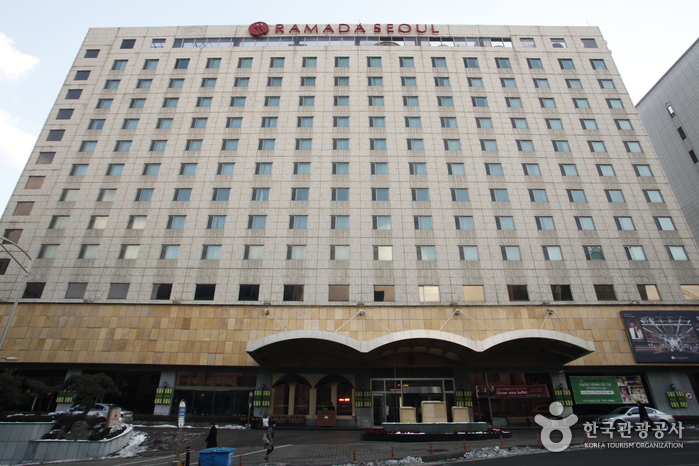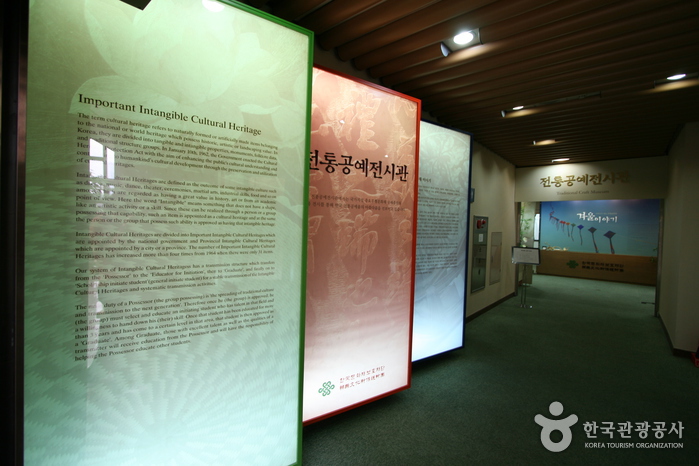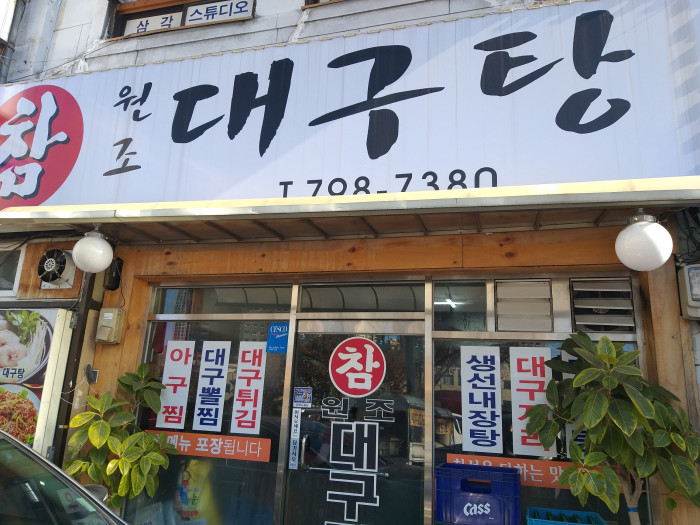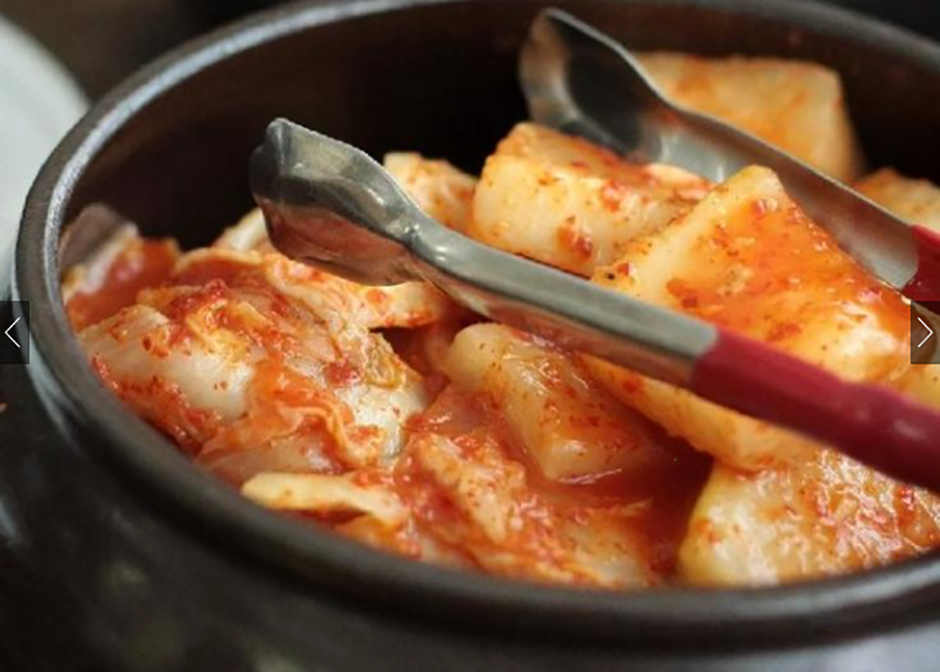Ramada Seoul (호텔 라마다 서울)
7.4Km 2021-06-07
410, Bongeunsa-ro, Gangnam-gu, Seoul
+82-2-6202-2000
Ramada Seoul, opened in February, 2004, is located in Samseong-dong, Gangnam, one of the main business districts in Seoul. The hotel (B3-12F) offers a range of convenient facilities including meeting rooms of various sizes, a spa & sauna, a fitness club, restaurants, and a banquet room. Conveniently located across from Seolleung Park, guests can easily take a morning jog or walk along the park paths.
Seodaemun Independence Park (서대문독립공원)
7.4Km 2022-12-15
251, Tongil-ro, Seodaemun-gu, Seoul
+82-2-3140-8305
Seodaemun Independence Park was built on the former Seoul Detention Camp. It was used to imprison thousands of Korean independence activists until the liberation from the Japanese occupation on August 15, 1945, as well as the political prisoners during the political turmoil in the 1960s. When the prison was moved to Uiwang-si, Gyeonggi-do in November 1987, the area was restored and turned into a memorial park in August 15, 1992 to honor the sacrifices of the martyrs. The park preserves seven prison buildings, an execution ground, underground women’s prison, and the March 1st Movement Monument that has been moved from Tapgol Park in Jongno.
One of the most significant monuments of the Seodaemun Independence Park is Dongnimmun Gate (Independence Gate), which has been designated a Historic Site. Nearby is Dongnipgwan (Independence Hall), originally called Mohwagwan, which was used to greet Chinese envoys during the Joseon dynasty. Today, the hall enshrines 2,327 tablets inscribed with the names of Koreans who died for the cause of national independence. Standing right next to Dongnimmun Gate are the remnants of Yeongeunmun Gate, another Historic Site. Other sights inside the park include the Patriotic Martyr Monument, Declaration of Independence Monument, and Statue of Dr. Seo Jae-pil, who was an independence activist and publisher of Korea’s first independent newspaper. The main highlight of the park is the Seodaemun Prison History Hall, a former prison building that was renovated into a history museum.
Seoul Center for National Intangible Cultural Asset (서울국가무형문화재전수회관)
7.4Km 2023-06-13
406, Bongeunsa-ro, Gangnam-gu, Seoul
+82-2-566-6300
Created by the government to hand down traditions and preserve important, intangible cultural assets, the center supports cultural masters in the training of their pupils and their efforts to promote Korean traditional culture to the general public.
The center houses 8 groups that represent the music field. Serving not only as a training ground for those specializing in the arts, the center also seeks to reach out to the general public through regular programs and recitals. Musicians also participate in musical conferences, events and performances on a national and international level.
There are 12 craft groups at the center that are directed by craft masters who have been designated 'National Intangible Cultural Assets.' Craft groups host a number of training programs.
Other special features of the center include the 'Pungryu,' a 147-seat folk theatre; the 2 or 3 story 'Traditional Craft Hall' with an open-run exhibition hall and planned exhibition hall; a shop selling the works of the artists; a seminar room; a training room; and a practical training room.
Dongnimmun Gate (독립문)
7.4Km 2022-12-15
251, Tongil-ro, Seodaemun-gu, Seoul
Dongnimmun stands at the location originally known as Yeongeun, where envoys were once treated. When a Chinese envoy visited, the King would go out through this door to greet. In 1898, to announce the independence from Japan, Dongnimun was constructed with the fund collected by the citizens. The traces of the past still remain on Dongnimmun with two pillars in front of Dongnimmun being the remains of Yeongeunmun.
The Arc de Triomphe in France can be recalled in comparison to Dongnimmun. Dongnimmun was built using granite with a passageway x_height of 14.28 meters. On the top it is written ‘Dongnimmun’ in Korean with the national flag drawn on each side. On the inner-left side there are stone stairs leading to the attic. The national flower Mugunghwa are planted around Dongnimmun. Now it is surrounded by roads and it is eye-catching to view when passing by.
Aevc Plastic Surgery [Tax Refund Shop] (아베크성형외과)
7.4Km 2024-06-26
557, Gangnam-daero, Seocho-gu, Seoul
-
Chamdaegutang (참대구탕)
7.4Km 2021-09-01
3, Hangang-daero 62-gil, Yongsan-gu, Seoul
+82-2-798-7380
This is a Korean cuisine located in Itaewon, Seoul. Clear fish soup boiled with codfish (fish). The best menu at this restaurant is codfish stew.
Atelier Zenze [Tax Refund Shop] (아틀리에젠즈)
7.4Km 2024-04-19
1F, 23, Bongeunsa-ro 68-gil, Gangnam-gu, Seoul
-
Seodaemun Prison History Museum (서대문형무소역사관)
7.4Km 2024-12-02
251 Tongil-ro, Seodaemun-gu, Seoul
Seodaemun Prison was built under the Japanese administration to imprison independence movement activists. It first opened on October 21, 1908 under the name Gyeongseong Prison. Eventually, so many activists were imprisoned that the building had to be expanded. At that time, the name changed to Seodaemun Prison on September 3, 1912. Eighty years later, the prison was turned into Seodaemun Independence Park on August 15, 1992 to commemorate the Korean patriots who were tortured in prison, giving their lives for freedom. Of the many buildings, only seven were preserved for their historical significance, among which three prison buildings and the execution site were designated as a Historic Site. In 1998, the park underwent another transformation into today's Seodaemun Prison History Hall to educate the public on the importance of Korea's independence and the sacrifices of those who fought to achieve it.
Oegojip Seolleongtang (외고집설렁탕)
7.4Km 2024-02-27
555 Samseong-ro, Gangnam-gu, Seoul
Oegojip Seolleongtang is a restaurant specializing in seolleongtang (ox bone soup) made exclusively from Grade 1 Korean beef. It's also recognized by the Michelin Guide as a top-notch dining destination. Renowned for its insistence on using only the finest ingredients, particularly in selecting beef for seolleongtang, suyuk (boiled beef slices), and yukgaejang (spicy beef soup). The restaurant exudes a cozy Korean-style dining atmosphere, and it's conveniently located near COEX, Bongeunsa Temple, and Seonjeongneung Royal Tomb.
Ave Sports - Samseong Branch [Tax Refund Shop] (아베스포츠 삼성)
7.4Km 2024-04-17
B1, 2F Yeseong Bldg., 554, Samseong-ro, Gangnam-gu, Seoul
-



![Aevc Plastic Surgery [Tax Refund Shop] (아베크성형외과)](http://tong.visitkorea.or.kr/cms/resource/85/3313485_image2_1.jpg)

![Atelier Zenze [Tax Refund Shop] (아틀리에젠즈)](http://tong.visitkorea.or.kr/cms/resource/67/2879867_image2_1.jpg)

![Ave Sports - Samseong Branch [Tax Refund Shop] (아베스포츠 삼성)](http://tong.visitkorea.or.kr/cms/resource/40/2879940_image2_1.jpg)
 English
English
 한국어
한국어 日本語
日本語 中文(简体)
中文(简体) Deutsch
Deutsch Français
Français Español
Español Русский
Русский